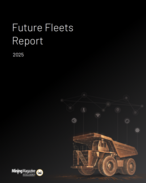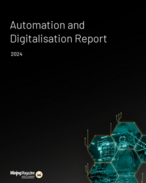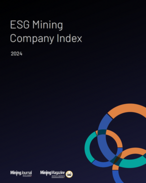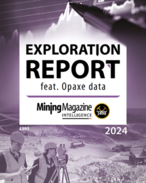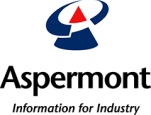According to research by the National Institute for Occupational Safety and Health, about 90% of coal miners and 49% of metal/nonmetal workers have some level of hearing impairment by age 50. Those figures are versus just 10% for nonminers, according to Howard Leight/Sperian hearing conservation manager Theresa Schulz.
"Based on the data, mine workers and inspectors are especially at risk for noise-induced hearing loss," she said. Schulz was a team leader for NIOSH’s hearing loss prevention branch before joining the company.
The study has commenced and includes the use of several prevention technologies in the field with MSHA mine inspectors. The groups hope to turn over a report to federal regulators by the end of 2009.
Of the technologies to be tested, Howard Leight is providing three, including the QuietDose personal dosimeter to measure in-ear exposure over a shift.
It also is providing to Yale and MSHA its VeriPRO technology to measure attenuation of unmodified earplugs, which can be used to improve training for individuals and enhance hearing conservation program effectiveness. Lastly, it will be testing its electronic earmuffs, which manage impulse/impact noise and limit amplification of ambient sound, reverting to passive protection when hazardous levels are met.
Technologies being tested by others in the prevention sector include custom-fit earplugs and traditional foam earplugs.
"Miners and mine inspectors work in extremely difficult conditions,” Schulz said.
“The goal is to better protect MSHA inspectors.”







